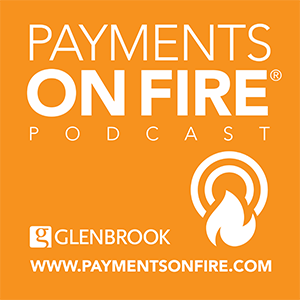Walmart’s announcement that it would offer store-to-store money transfers has a number of interesting aspects worth pondering. At a high level, this seems like a no brainer. People need to send money to other people and lots of folks find themselves in Walmart’s stores throughout the week. Indeed, if it wanted, the world’s largest retailer could do this by simply making book entries between its agents … I mean its stores. However, Walmart chose to work with Ria Money Transfer because Ria is a licensed money service business (MSB). Walmart does not have to do the regulatory compliance work it would otherwise be required to do to enter the specialized MSB space.
This reminds me of the occasional P2P inquiries that I would get from banks when I worked at the Federal Reserve Retail Payments Office. From time to time, a bank would want to know if they could send international ACH transfers to [fill in the blank exotic country]. These were always fun conversations about the bank’s use cases and why [exotic country] was not [yet] included. (Two very memorable calls were about whether banks could use international ACH to send money to Hawaii or Puerto Rico.)
These same calls sometimes led to discussion about other, difficult to meet, use cases like sending money to non-customers in other states. (Walmart mentions this very need in its blog). For banks, however, the not so obvious solution was to use domestic ACH. A handful of resourceful banks even productized ACH for this purpose by offering transfers to both their account holders and to non-account holders. As long as the receiver had an account number, the transfer could be sent via ACH from the sender’s account or the bank’s general ledger.
Now Walmart is stepping into this void to drive even more customers, with cash in hand, to their stores. Banks could find some inspiration here. After all, banks know about money. FIs could use transfers and remittances as a lead in to establish and grow new customer relationships, never mind improve services for existing customers. Why can’t I do much of this from inside my web banking portal?
The Walmart-2-Walmart service is a step forward but it’s not a perfect solution. Walmart certainly has plenty of stores in the U.S. but now it’s just another of the growing number of financial networks that is, effectively, just another island nation to itself.
The Walmart-2-Walmart service is a step forward but it’s not a perfect solution. Walmart certainly has plenty of stores in the U.S. but now it’s just another of the growing number of financial networks that is, effectively, just another island nation to itself. While the fees are lower than at similar providers, they’re still high for the service provided. There would not have been any fee if the transfer had arrived in the form of a gift card because retailers are counting on the in-store spend.
Nevertheless, I think the service will be well received by consumers and it will fill some gaps in the market. Still, it’s unfortunate that we don’t have better options when we can do so much better!



